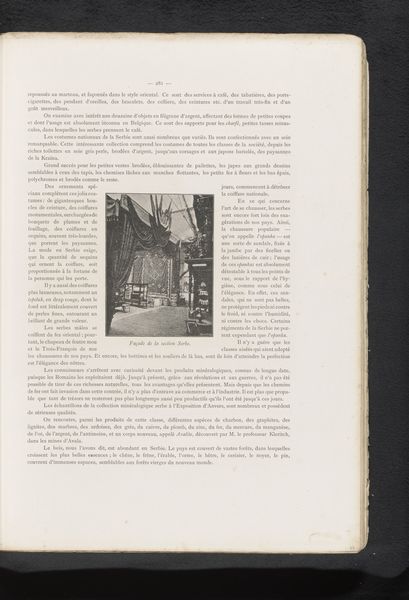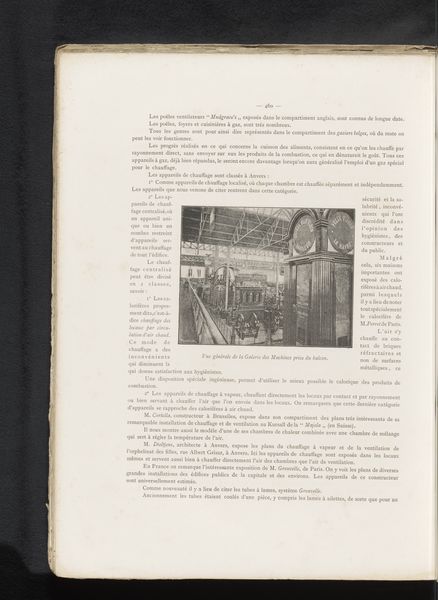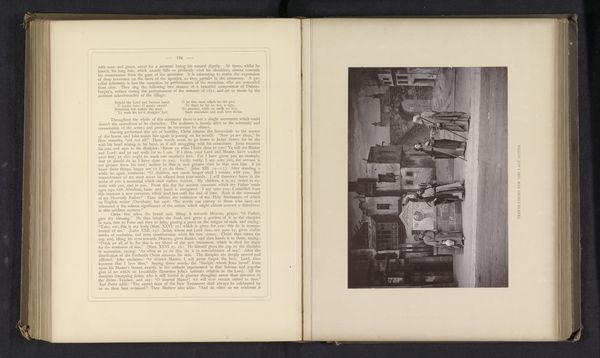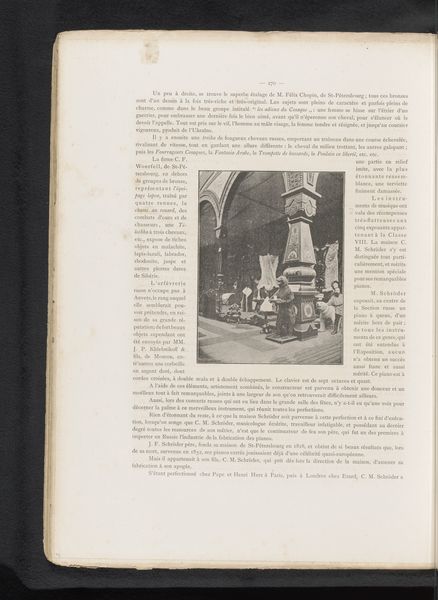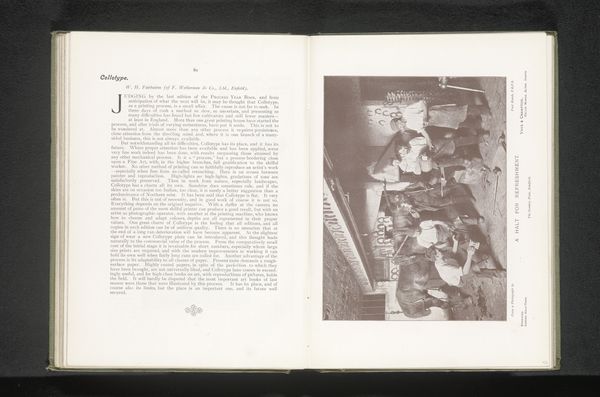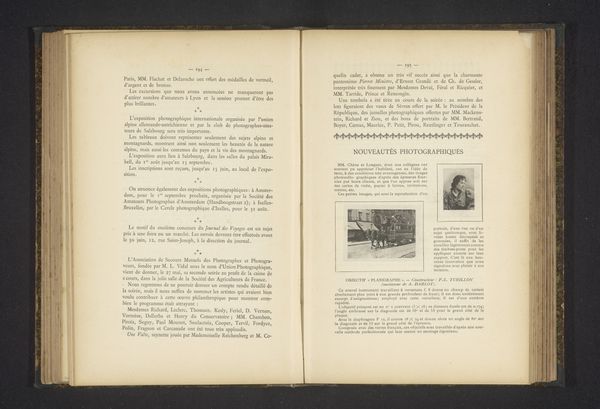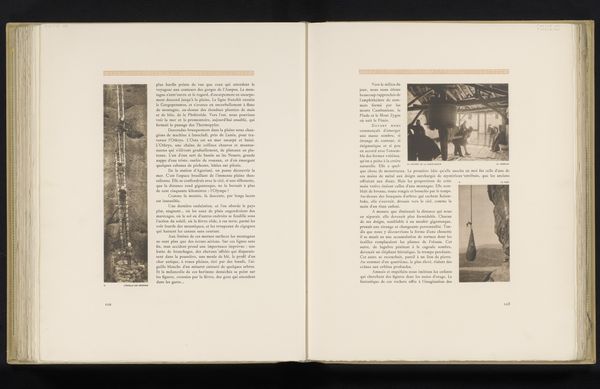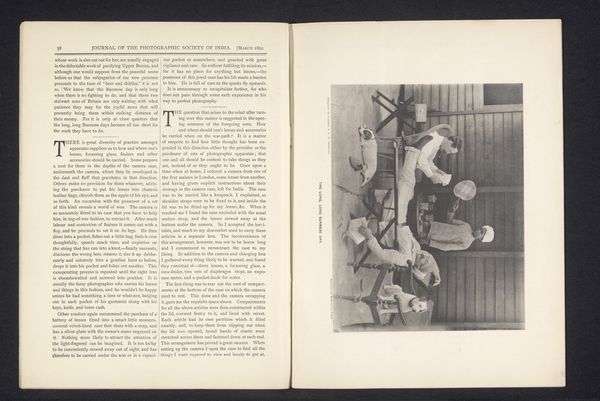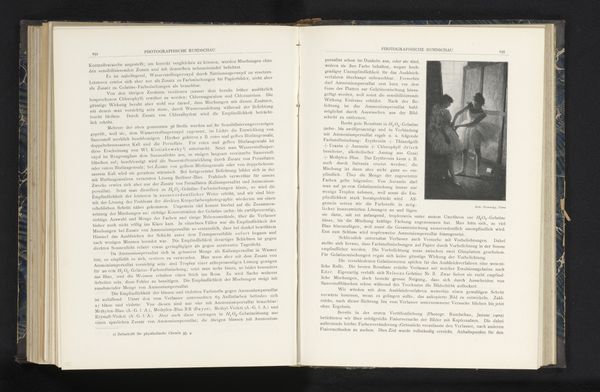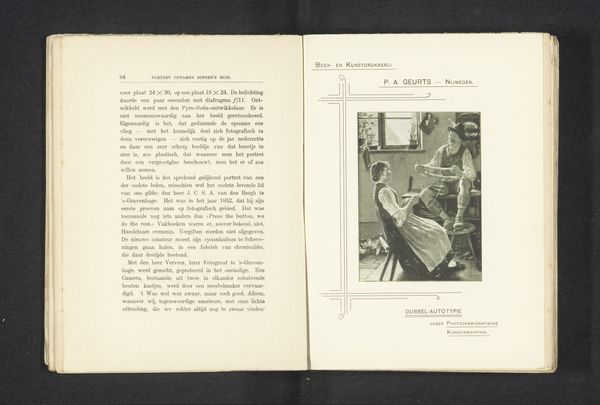
Gezicht op de opstelling van John Ruecker & Cie en een gezicht op de opstelling van Nobel frères, op de Wereldtentoonstelling van 1885 in Antwerpen before 1885
0:00
0:00
print, photography
# print
#
landscape
#
photography
Dimensions: height 411 mm, width 302 mm
Copyright: Rijks Museum: Open Domain
Here we see an image from the 1885 World Fair in Antwerp, capturing the displays of John Ruecker & Cie and Nobel Frères. Dominating the John Ruecker display is a wooden structure reminiscent of a traditional Russian dacha, a symbol deeply rooted in Russian cultural identity, representing home, family, and connection to the land. This architectural motif echoes the sacred spaces found in various cultures throughout history, from the humble huts of early settlers to the grand temples of antiquity. Consider, for example, the Roman lararium, a shrine to the household gods, or even the early Christian churches that sought to imbue domestic spaces with spiritual significance. The dacha, however, carries a specific emotional weight, particularly in the Russian psyche. It represents a retreat from the harsh realities of urban life, a space where one can reconnect with nature and family. It is a symbol of resilience and continuity, evoking a sense of longing for a simpler, more harmonious existence. In many ways, this echoes our collective yearning for a connection to our ancestral past, a past often idealized as a time of greater authenticity and belonging. Such a symbolic image engages viewers on a subconscious level, tapping into deeply ingrained cultural memories and evoking a sense of nostalgia for an idealized past. The dacha, therefore, is not merely a building; it’s a vessel of cultural and emotional significance that continues to evolve and resurface throughout history.
Comments
No comments
Be the first to comment and join the conversation on the ultimate creative platform.
